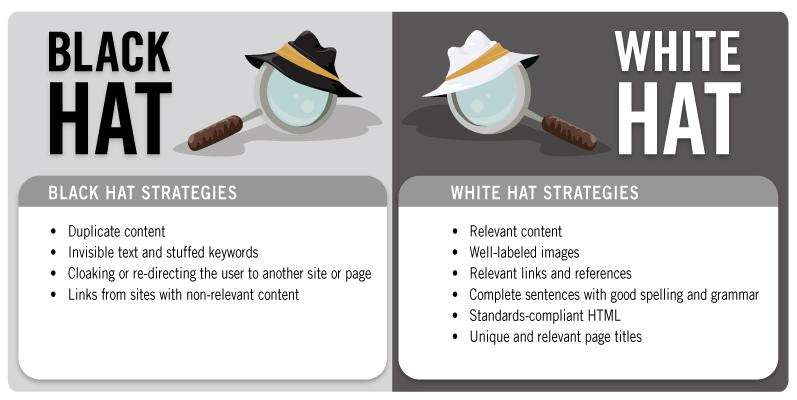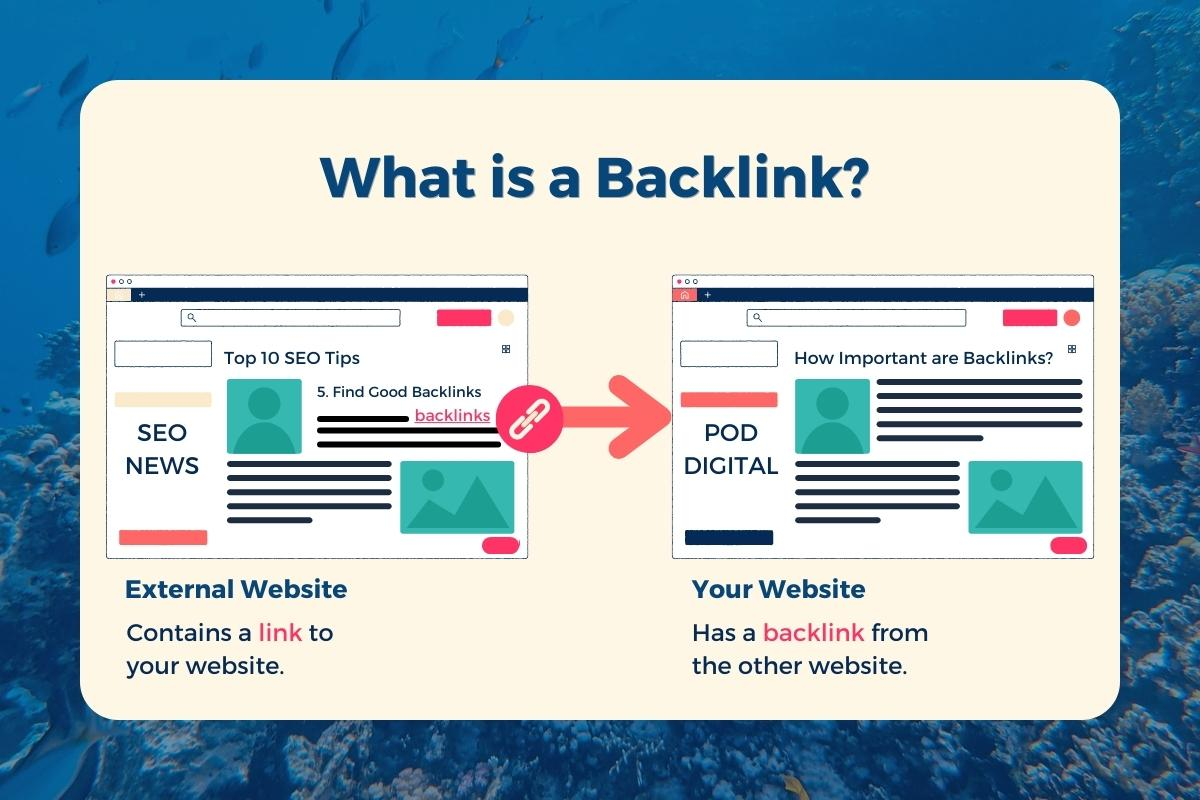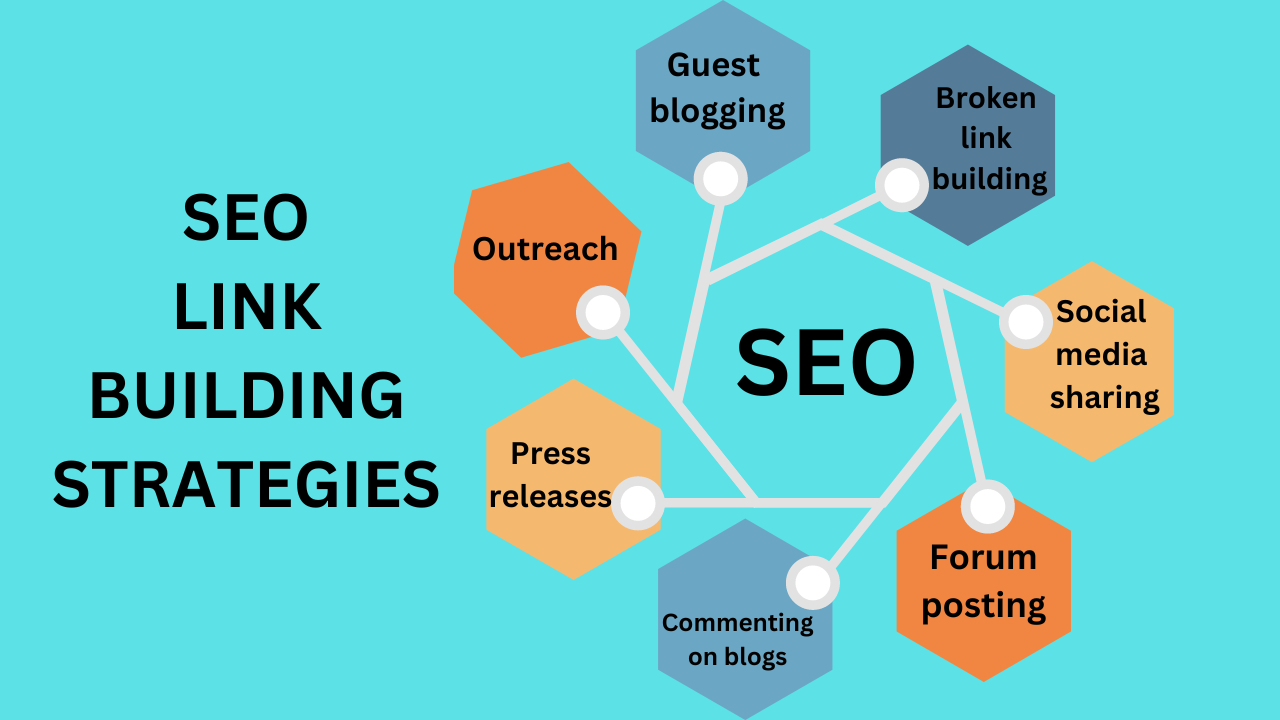White Hat SEO vs Black Hat SEO: What’s the Difference and Why It Matters
In the competitive world of digital marketing, Search Engine Optimization (SEO) plays a crucial role in attracting organic traffic to websites. However, not all SEO strategies are created equal. Marketers and business owners often face a fundamental choice: follow ethical guidelines to build long-term success, or use shortcuts that promise fast results with high risk.
This brings us to the two main schools of thought in SEO: White Hat SEO and Black Hat SEO.
In this article, we’ll break down the key differences, benefits, risks, and real-life examples of each approach, so you can make informed decisions about your website’s SEO strategy.
What is White Hat SEO?
White Hat SEO refers to optimization techniques that strictly adhere to search engine guidelines (especially Google’s Webmaster Guidelines). These strategies focus on delivering value to users, creating quality content, and enhancing website usability.
🔑 Key Features of White Hat SEO
- High-Quality Content Creation
- Content is written for users, not just for search engines.
- Examples: Informative blog posts, helpful how-to guides, original videos.
- Keyword Research & Natural Placement
- Using relevant keywords naturally within content.
- Tools: Google Keyword Planner, Ahrefs, SEMrush.
- Mobile-Friendly and Fast Websites
- Websites must load quickly and adapt well to mobile devices.
- Clean Code and Structured Data
- Use of schema markup to improve visibility in search results (e.g., rich snippets).
- Ethical Link Building
- Backlinks are earned through guest posts, digital PR, and partnerships — not bought.
- User-Friendly Site Architecture
- Easy navigation, clear menus, and a logical URL structure.
✅ Pros of White Hat SEO
- Sustainable long-term results
- Builds brand trust and authority
- Complies with Google’s updates and algorithms
- Low risk of penalties
❌ Cons
- Results take time (3–6+ months)
- Requires consistent effort and quality content creation
- May be more expensive upfront
What is Black Hat SEO?
Black Hat SEO refers to strategies that violate search engine guidelines. These techniques aim to manipulate search rankings using loopholes or deceptive practices. While they may provide quick wins, they come with high risks, including penalties or being completely removed from search engine indexes.
⚠️ Common Black Hat Techniques
- Keyword Stuffing
- Repeating the same keyword unnaturally across a page.
- Example: “Buy cheap shoes cheap shoes cheap shoes now.”
- Cloaking
- Showing different content to search engines than to users.
- Hidden Text or Links
- Using white text on a white background to hide spammy keywords.
- Duplicate or Spun Content
- Copying content from other sites or using software to spin articles.
- Link Farms and Paid Links
- Acquiring backlinks from low-quality or unrelated sites.
- Doorway Pages
- Creating low-quality pages that exist solely to redirect users to another page.
⚠️ Major Risks of Black Hat SEO
- Google penalties (manual or algorithmic)
- Removal from search engine results (de-indexing)
- Damaged brand reputation
- Loss of trust from users
✅ Short-Term Gains (with high risk)
- Quick rankings for low-competition keywords
- Temporary increase in traffic
- Lower upfront cost (in some cases)
Grey Hat SEO: The Middle Ground
Between White Hat and Black Hat lies Grey Hat SEO — a mix of tactics that aren’t explicitly against the rules but may push ethical boundaries.
Examples:
- Using expired domains with backlinks for quick boosts
- Automating some content creation (light AI use)
- Building private blog networks (PBNs) for links
Note: Grey Hat strategies can still lead to penalties if misused or detected by search engine algorithms.
Real-Life Examples
White Hat SEO Example:
A health and wellness blog that publishes weekly in-depth, researched articles. The team uses proper keywords, earns backlinks from health authorities, and optimizes for mobile.
Result: Slow but steady growth. High domain authority. No penalties.
Black Hat SEO Example:
A spammy site creates thousands of pages stuffed with keywords and buys 10,000 backlinks from Fiverr.
Result: Ranks quickly, but within 2 months, receives a manual Google penalty and disappears from search results.
How to Know If You’re Using Black Hat Techniques
Ask yourself:
- Am I doing this to improve user experience?
- Would I still do this if search engines didn’t exist?
- Does this follow Google’s guidelines?
If the answer is “no” — it’s likely a Black Hat tactic.
Which SEO Strategy Should You Use?
| Aspect | White Hat SEO | Black Hat SEO |
|---|---|---|
| Ethical? | ✅ Yes | ❌ No |
| Long-term? | ✅ Yes | ❌ No |
| Safe from penalties? | ✅ Yes | ❌ No |
| Time to see results | ⏳ Slower | ⚡ Faster |
| Risk level | 🟢 Low | 🔴 High |
| ROI | 📈 Higher over time | 📉 Risk of loss |
Final Thoughts
If you’re serious about building a reputable brand and sustaining organic traffic, White Hat SEO is the clear winner. While it takes time and effort, it’s the only strategy that protects your site from penalties and creates a meaningful user experience.
Black Hat SEO may seem tempting for fast results, but the risk of being penalized or banned by Google simply isn’t worth it — especially for businesses that rely on long-term visibility.
Remember: Good SEO is not just about ranking — it’s about building trust.




